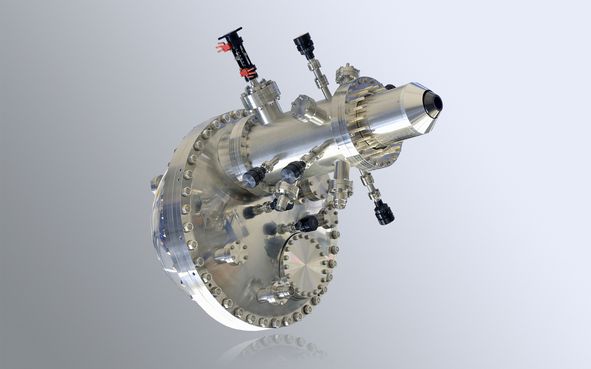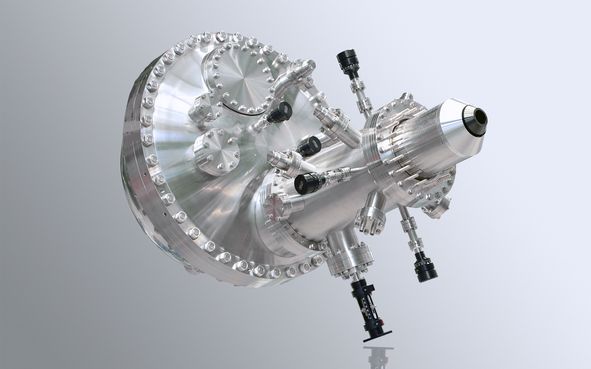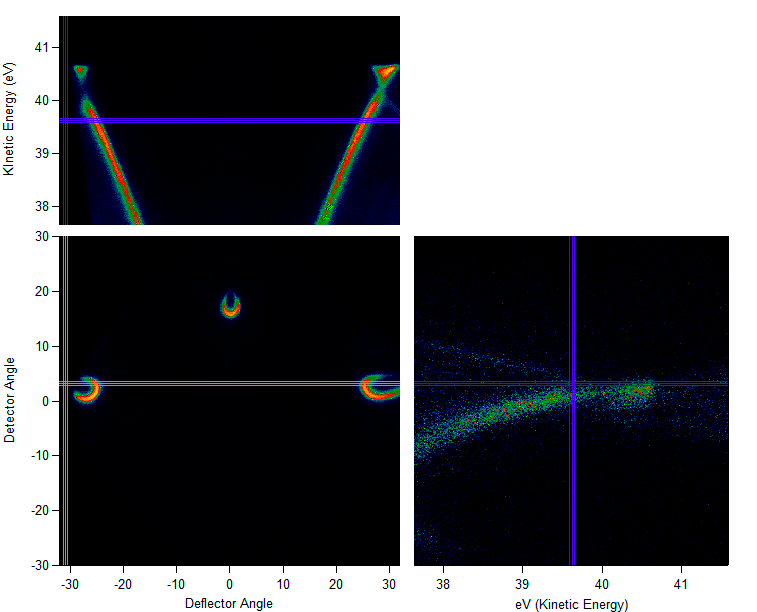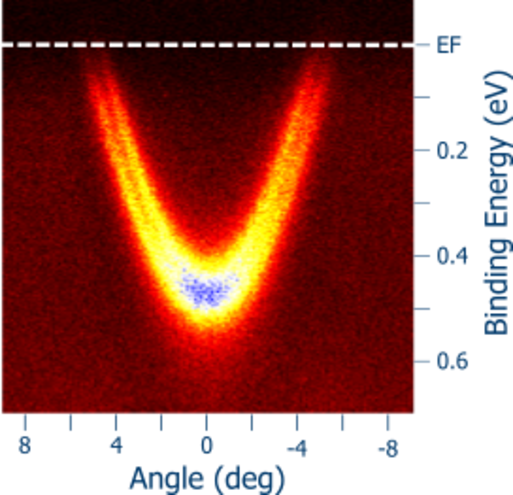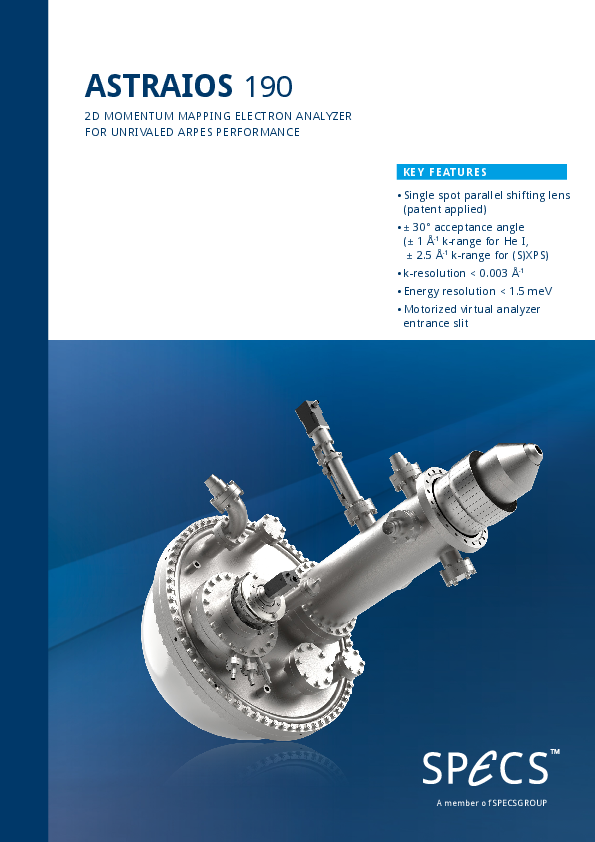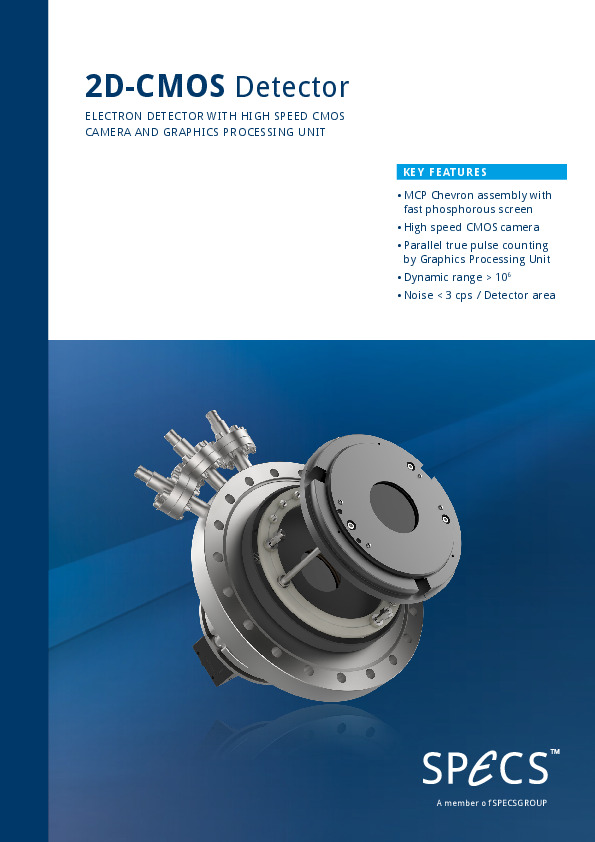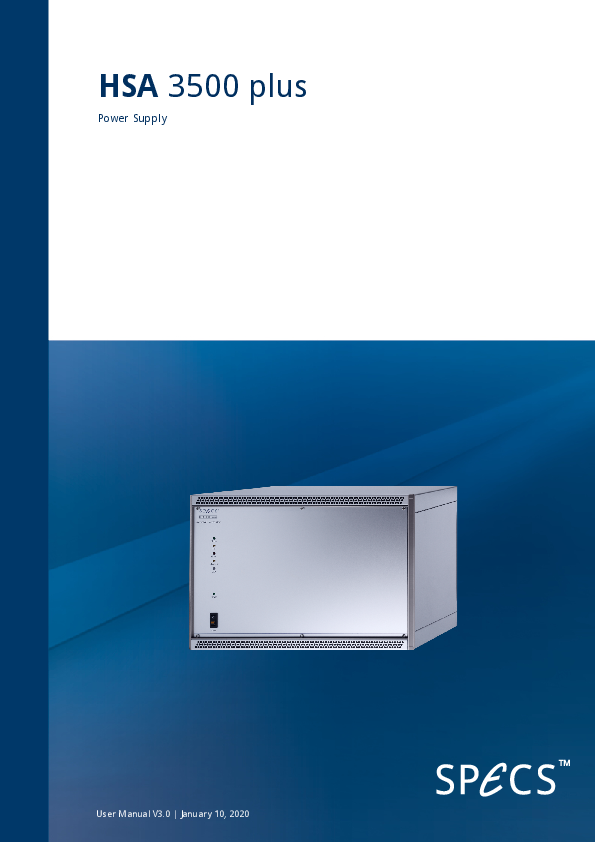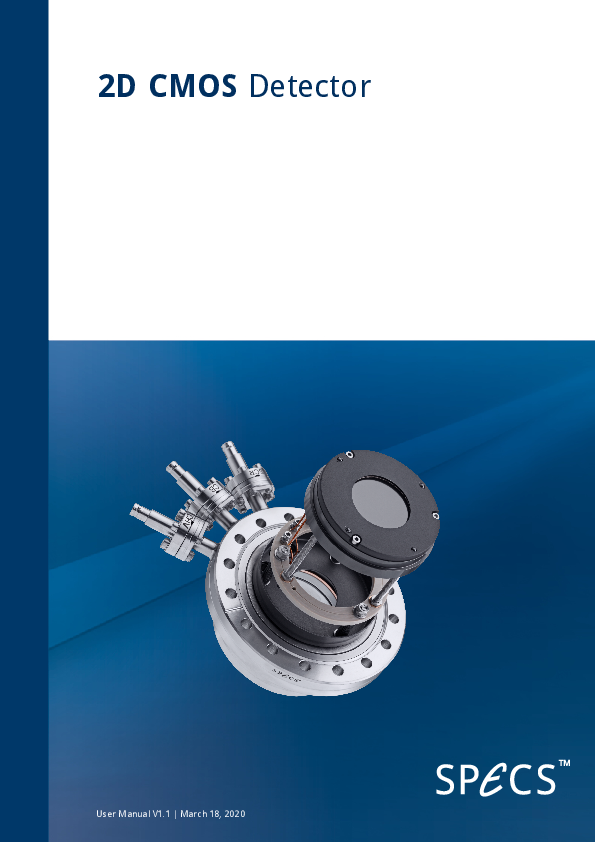 Detail
DetailASTRAIOS 190 2D-CMOS
The ASTRAIOS 190 is a revolutionary ARPES analyzer for 2D momentum mapping. It is based on a direct k-mapping single spot shifting lens with a virtual entrance slit for ultimate k- and energy resolved measurements.
Direct k-mapping Lens
The lens of the ASTRAIOS is optimized for 2D momentum mapping. The parameters that are imaged by the hemisphere are the k-parallel components and the energy of the photoelectrons recorded with a minimum amount of data transformations. A revolutionary approach that we have pioneered in the KREIOS analyzer family and which we can offer now for the ASTRAIOS as well, optimized for extractionfield-free experiments for the ASTRAIOS.
Wide Acceptance Angle
A completely new objective lens allows for wide acceptance angles of up to ± 30° at 27,5 mm working distance. This is possible due to its significantly smaller spherical aberration than that of conventional ARPES lenses. The outer contour is shaped to be compatible with all kinds of UV sources, lasers and synchrotron geometries.
Single Spot Parallel Shifting Lens
The lens of ASTRAIOS 190 is unique in many aspects and thus a patent is applied for the new design. One of the most important design aspects is the parallel momentum imaging: the divergent beam of electrons coming from the sample is converted into a perfect parallel bundle of electrons in the entrance plane of the analyzer. This is achieved by focusing the electrons into a sharp spot in the first real space image. A single shifting electrode assembly in this plane can shift the momentum image such that the full momentum space mapping can be performed on the full acceptance cone of the accepted electrons.
Motorized Virtual Entrance Slit
The ASTRAIOS 190 features a completely new and revolutionary entrance slit concept: the virtual entrance slit. Instead of placing the slit in the entrance plane of the analyzer, the ASTRAIOS has its entrance slits in an electron-optically equivalent plane RP1 in the lens. The advantage of inserting the entrance slit in in the lens is that the kinetic energies are typically one order of magnitude higher than in the entrance plane of the analyzer. The virtual entrance slit enables long-term operation at highest resolutions and detector homogeneities, increasing uptime and productivity. The motorization and complete software control finally allows for programmable experiments, making ARPES experiments easier to perform.
Direct Counting 2D-CMOS Detector with 2D/3D Spin Option
The ASTRAIOS is equipped with our newest detector development: the 2D-CMOS detector. This detector offers true pulse counting with excellent linearity, extremely high dynamic range, highest count rates and pixel resolution. Combinations with 2D/3D spin detectors (Mott or VLEED) are available.
Application
SPECIFICATIONS
| Energy Resolution | < 1.5 meV |
| Angular Resolution | < 0.1° |
| k-Resolution | < 0.003 Å-1 |
| Acceptance Angle | ARPES ±30°, ±20° and ±10° |
| Detector Channels | 1285x730 (with Channel Binning) |
| Kinetic Energy Range | 0-1500 eV |
| Pass Energies | 0-100 eV Continously Adjustable |
| Energy Dispersion | Hemisphere |
| Lens Modes | Angular Resolved Mode |
| Measurement Modes | Snapshot Mode, Sweeping Mode, Fixed Energy Mode |
| Detector | 2D CMOS Detector |
| Slits/Apertures | 8 motorized entrance and 3 exit slits and iris aperture |
| Electronics | HSA 3500 + |
| Working Pressure | 10-11 to 10-7 mbar |
| Working Distance | 27.5 mm |
| Mounting Flange | DN150CF (8" OD) with single µ-metal connection (ARPES) |
| Magnetic Shielding | Double µ-Metal Shielding |
SPARE PARTS

Spare channelplate set for all 40 mm CCD detectors

Spare phosphor screen for all 40 mm CCD detectors. Exchange with channelplates is recommended.
